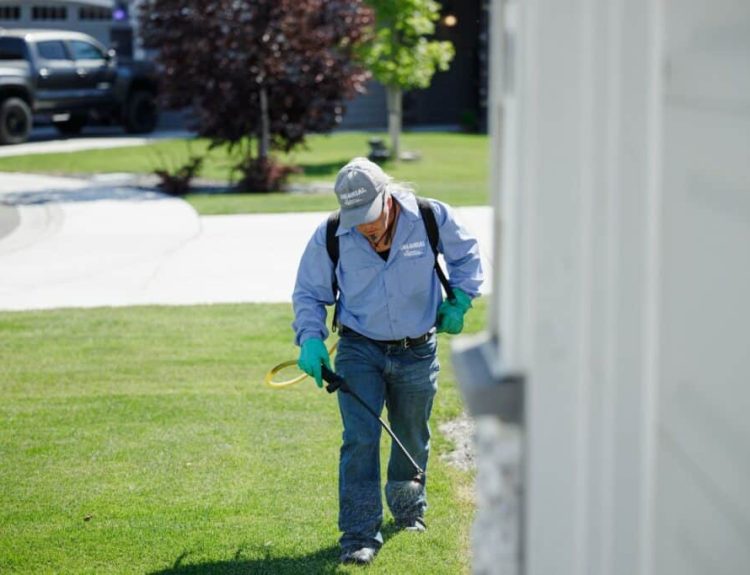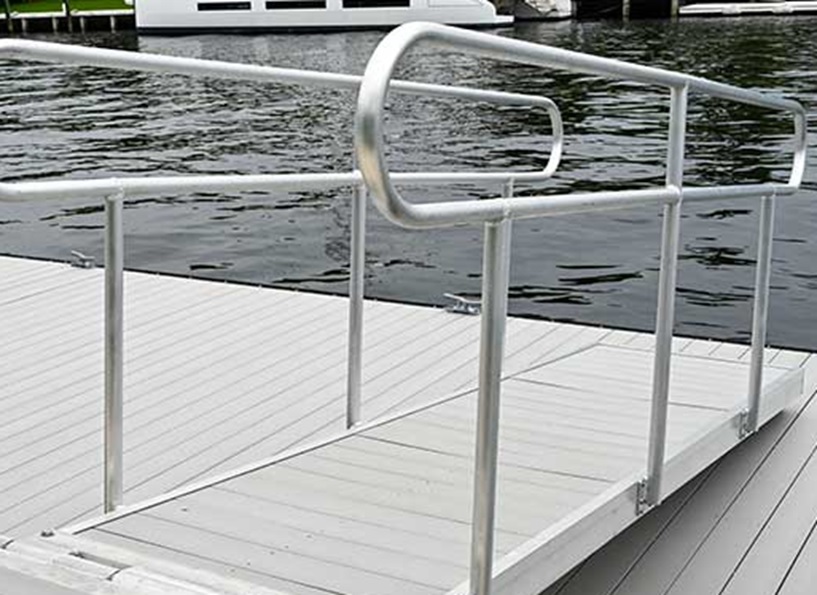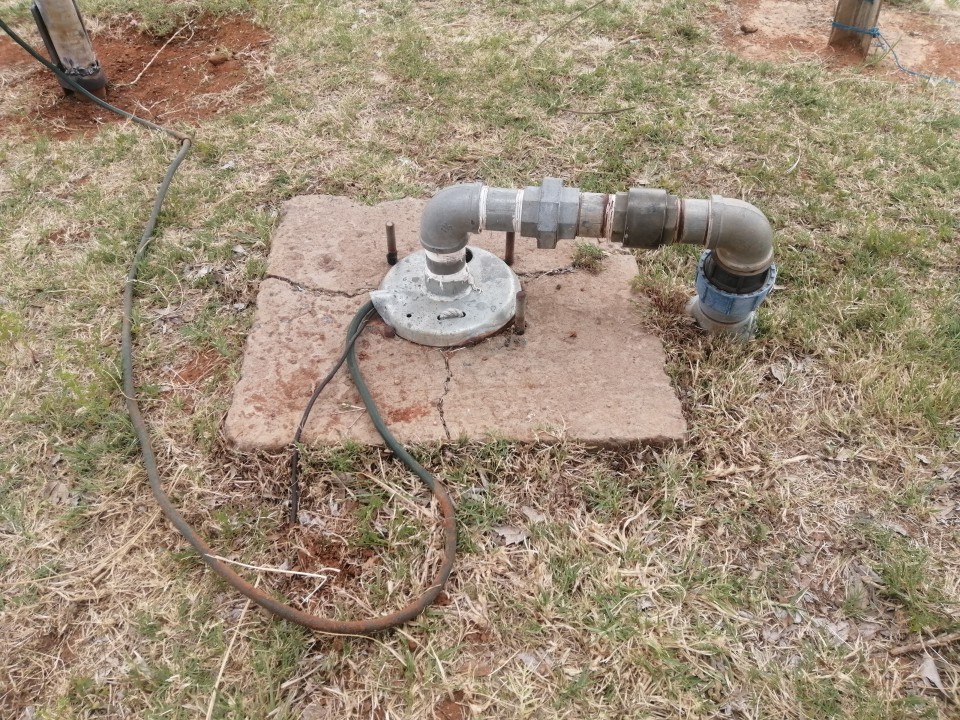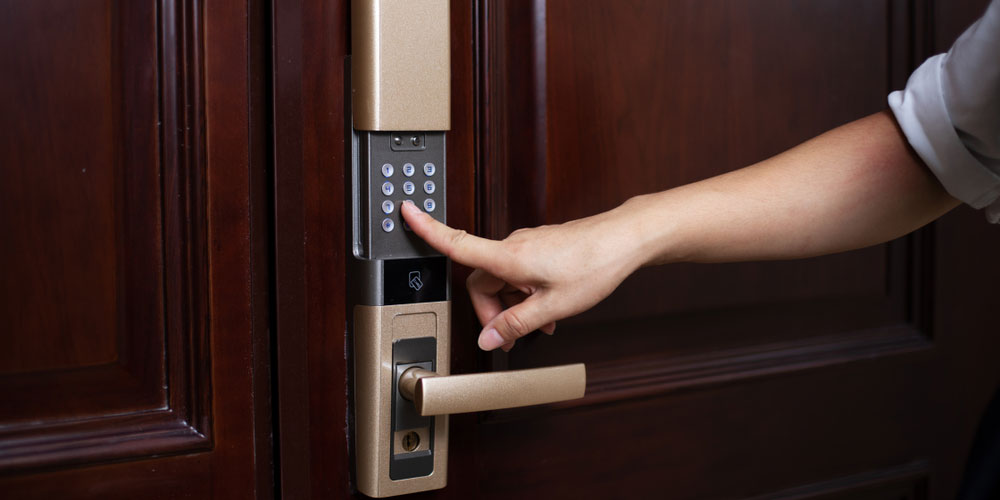High-traffic areas in offices are those spaces that witness a large volume of activity and movement on a daily basis. From entrances and hallways to shared workspaces and break rooms, these areas often become the most heavily soiled parts of an office environment. Keeping them clean and safe is essential not only for maintaining a professional appearance but also for ensuring the health and safety of employees and visitors.
However, cleaning high-traffic areas can be a challenging task, especially when it involves balancing cleanliness with safety. In this article, we will explore how to clean these areas effectively while minimizing risks such as slips, falls, or the spread of germs.
1. Identify High-Traffic Areas
The first step in cleaning high-traffic areas is identifying them. These areas are often the most visible and heavily used parts of the office. Common high-traffic areas include:
- Entrances and lobbies: These are the first places people encounter when entering the office, and they tend to get dirty quickly due to outdoor elements like dirt, rain, and snow.
- Hallways and corridors: These areas see constant foot traffic as employees move between workstations, meeting rooms, and other parts of the office.
- Restrooms and break rooms: Shared spaces like these often see high levels of use, making them breeding grounds for bacteria if not cleaned regularly.
- Staircases and elevators: These spaces are frequently used and often overlooked in regular cleaning routines.
By focusing on these high-traffic zones, you ensure that the most essential and most used areas of your office are always clean and hygienic.
2. Create a Cleaning Schedule
Once you’ve identified the high-traffic areas, it’s crucial to establish a regular cleaning schedule. For spaces that see heavy daily use, cleaning should occur multiple times throughout the day to prevent dirt accumulation and maintain hygiene. The frequency of cleaning should depend on the amount of traffic and the specific needs of each area.
- Entrances and lobbies: These areas may need to be cleaned every few hours, especially during peak office hours or in inclement weather. Sweeping or vacuuming should be followed by mopping the floors to remove dirt and debris.
- Hallways and corridors: These spaces should be cleaned at least once a day, focusing on areas near door handles, light switches, and other high-touch surfaces.
- Restrooms and break rooms: Clean these areas multiple times a day, ensuring that all surfaces—especially those prone to spills or stains—are disinfected regularly.
- Staircases and elevators: Clean these areas at least once a day, as well, paying special attention to the elevator buttons and railings.
A well-maintained schedule helps ensure that high-traffic areas remain clean and free from debris, germs, and hazards.
3. Use Appropriate Cleaning Tools and Products
To clean high-traffic areas effectively and safely, it’s important to use the right cleaning tools and products. Choosing the right supplies ensures that the cleaning process is not only thorough but also safe for both employees and the surfaces being cleaned.
- Microfiber cloths: These are highly effective for dusting, wiping down surfaces, and removing germs without leaving streaks or residue.
- Commercial-grade vacuums: A vacuum cleaner with a HEPA filter is ideal for removing dust and allergens, particularly in areas like carpets and rugs that are more prone to trapping dirt.
- Mops with microfiber heads: These are ideal for high-traffic floors, as they are efficient at picking up dirt without pushing it around or leaving moisture behind.
- Disinfectants and all-purpose cleaners: Ensure you use a disinfectant that is proven to kill bacteria and viruses, especially in high-touch areas like doorknobs, light switches, and elevator buttons.
- Floor matting: Placing high-quality mats at entrances can help trap dirt and moisture before it enters the building, reducing the amount of cleaning needed in the lobby and hallways.
Be sure to choose cleaning products that are safe for the type of surfaces in your office. For instance, using harsh chemicals on wood floors can lead to damage, so selecting a floor-friendly cleaner is essential for maintaining the surface’s longevity.
4. Pay Attention to High-Touch Surfaces
High-touch surfaces are the areas most prone to contamination and the spread of germs. These include doorknobs, handrails, light switches, elevator buttons, and shared office equipment. Cleaning these surfaces regularly is crucial to preventing the spread of illness, particularly during flu season or global health concerns like COVID-19.
- Use disinfecting wipes: For quick and easy sanitation, disinfecting wipes are highly effective at cleaning surfaces like desks, keyboards, phones, and handles. Keep a box of wipes near high-touch areas for easy access.
- Daily disinfection: Ensure that high-touch surfaces are disinfected multiple times a day. Use a commercial disinfectant or a cleaning solution that is proven to kill bacteria and viruses.
- Employee cooperation: Encourage employees to clean their own workspaces regularly, especially in shared environments. Consider providing cleaning supplies like wipes and sprays so employees can quickly clean their desks, chairs, and equipment.
By keeping high-touch surfaces sanitized, you significantly reduce the chances of cross-contamination and help maintain a healthier office environment.
5. Be Mindful of Safety During the Cleaning Process
Cleaning high-traffic areas should be done with safety in mind. Wet floors, cleaning chemicals, and clutter can pose significant risks to office workers, so it’s important to take the necessary precautions to minimize accidents.
- Wet floor signs: Always place visible “wet floor” signs when mopping or cleaning any surfaces that may be slippery. This alerts people to the potential hazard and prevents them from walking on wet surfaces.
- Non-slip footwear: For the cleaning staff, wearing non-slip footwear is essential to prevent slipping while they work in areas that may become slippery.
- Proper ventilation: Ensure that the cleaning products being used are safe and that the area is well-ventilated to avoid inhalation of harmful fumes. Open windows or turn on fans when cleaning with strong chemicals.
- Regularly inspect and remove hazards: During cleaning, look for any hazards such as loose wires, broken tiles, or damaged furniture. Report these hazards immediately to the appropriate personnel for repairs or replacement.
Safety should always be a top priority during the cleaning process, as it protects not only those performing the cleaning but also the people who will be using the office after the area is cleaned.
6. Consider Professional Cleaning Services
For offices with heavy foot traffic or specific cleaning needs, it may be worthwhile to hire professional cleaning services. Professionals have the necessary expertise, tools, and experience to tackle high-traffic areas effectively and efficiently. They can also handle specialized cleaning tasks such as deep cleaning carpets, upholstery, and air ducts, which may be challenging to do in-house.
Professional cleaners will also ensure that your office is cleaned to the highest standards, reducing the risk of contamination, accidents, or poor air quality. Depending on the size and type of your office, professional cleaners can come on a daily, weekly, or monthly basis to maintain cleanliness in high-traffic zones.
7. Keep the Office Organized
Finally, keeping high-traffic areas clean is easier when the office itself is organized. Clutter, scattered papers, or items left out in hallways can hinder cleaning efforts and contribute to untidy conditions. Implementing organizational systems such as filing stations, clearly marked trash bins, and designated areas for bags or coats can reduce clutter and make cleaning more efficient.
Encourage employees to tidy up their own work areas and store items away in appropriate spaces. An organized office not only looks better but also makes it easier to maintain cleanliness in high-traffic areas.
Conclusion
Cleaning high-traffic areas in your office requires a strategic approach to ensure safety, hygiene, and efficiency. By focusing on regular cleaning schedules, using the right products and equipment, disinfecting high-touch surfaces, and ensuring the safety of cleaning activities, you can maintain a clean and healthy office environment. If cleaning becomes overwhelming, professional cleaning services are always an option. With careful attention to detail and consistent maintenance, you can ensure that your office remains a safe, productive, and welcoming space for everyone.







